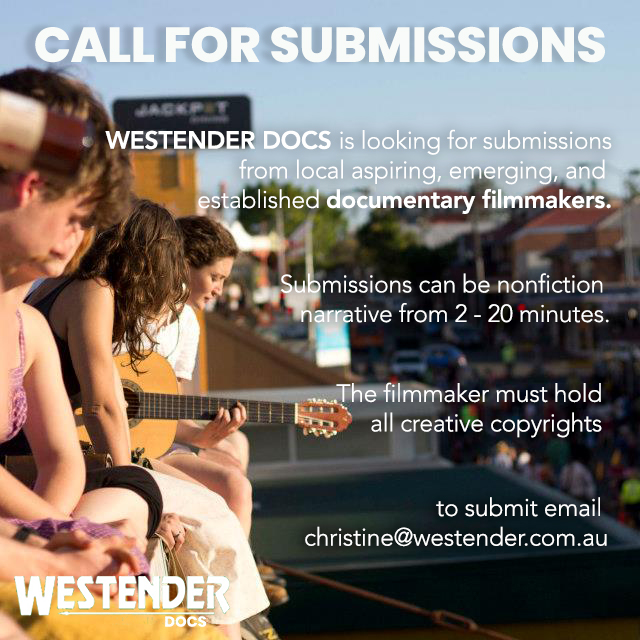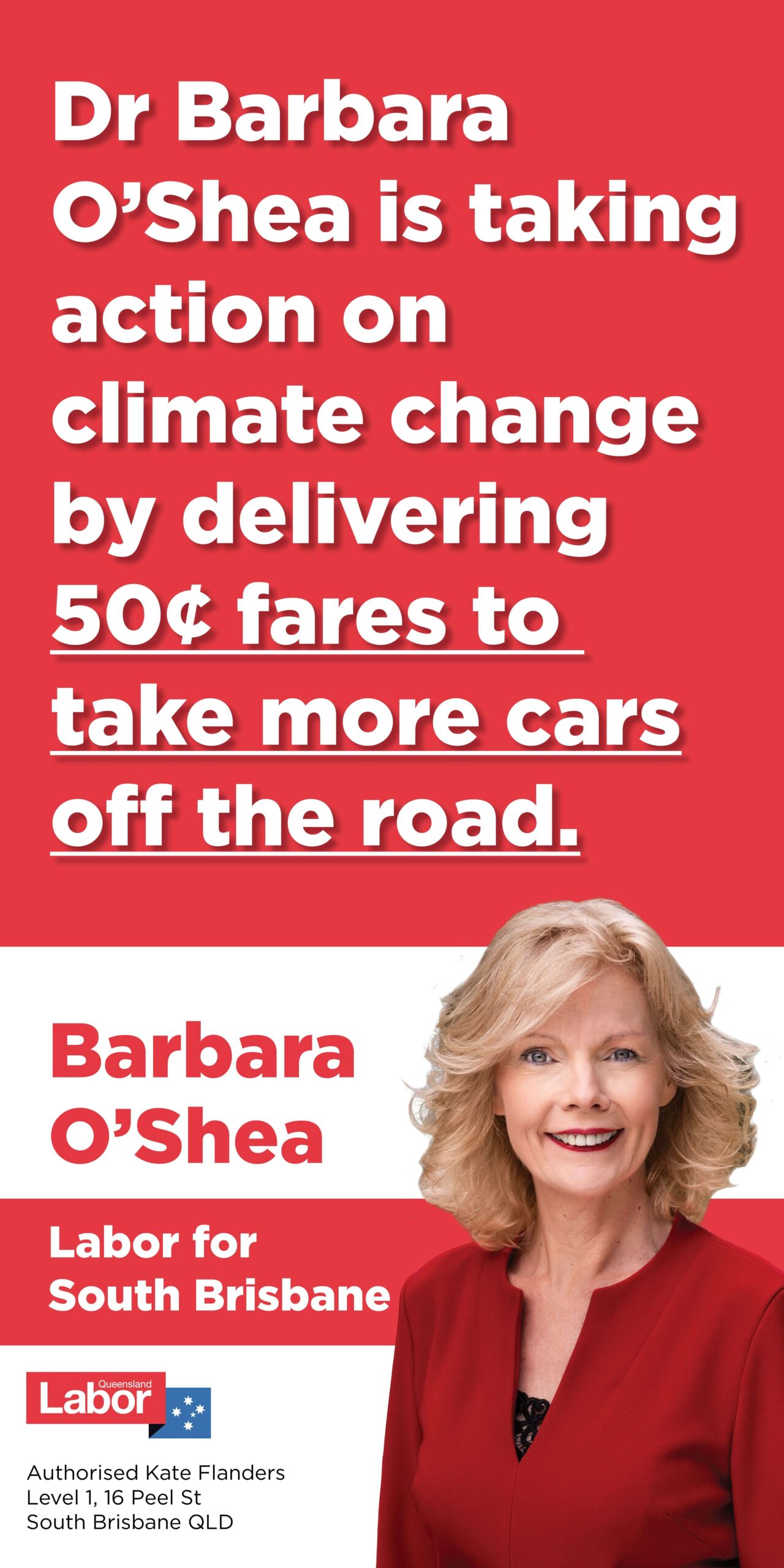In 2016, a group of peaceful protesters entered the secretive US army base Pine Gap near Alice Springs. The Peace Pilgrims is a short film made to coincide with and support the book launch of Peace Crimes: Pine Gap, National Security, and Dissent by Kieran Finnane.
About the filmmaker

Sarah Hope comes into filmmaking from a community theatre arts background. She spent eight years living and working in Northern Territory communities where she found and fostered her passion for community arts into documentary filmmaking. She’s currently based in Brisbane and working on her final Master’s project, Nim and the Butterfly, at Griffth Film School
Her short film Veil, currently on the film festival circuit re-tells the story of an Iranian and the consequences of having a photograph of her hijab removed will be screening on Saturday, 15 October from 6 pm as a part of Stories from our Neighbourhood in Bunyapa Park, West End.
How did you get into filmmaking?
I was always obsessed with film and my undergraduate degree was in film studies. However, my initial background was doing community arts and theatre work. I lived in the Northern Territory for about eight years and it was there that I moved into film. I started working with young people from refugee backgrounds who didn’t want to do theatre – so we started making films instead.
It started when a senior member of the Congolese community came to us and said, “I really want the young people to do a play with a moral.” When we started working with the young people, they didn’t want to tell their true stories, they didn’t want to do anything moralistic, and they were like, ”A play, what’s that? We want to make a movie!”
So we made a dance movie, it was hilarious and it was one of the most successful youth projects I’ve worked on. It was self-driven, and from then I just started incorporating film into my community arts more and more.
Then I started doing documentaries with remote schools. I came back to Brisbane to do a Master’s at Griffith Film School, and now, in my own film work, I still work with participants in ethical ways and am able to really explore the documentary form.
How did Peace Crimes come about?
I connected with the group around the release of a book by Kieran Finnane and suggested making a video around it. While the story has a lot of content, primarily archival content, we made it within six weeks. I worked with one of my friends from uni, Andrew, who came on board and edited it.
What are some learnings from making it?
Learning about Pine Gap and the actions that have happened over the years I found really inspiring. Often activists are seen as ratbags and on the edge of society and there are all these stereotypes associated with them. But these people were really inspiring and just regular people who felt very strongly about what they were doing and how they were trying to change the world. I have an interest in humanitarian and social justice issues and so it was a good project for me too.
In terms of filmmaking, we used a lot of archival footage. I’m really interested in hybrid work, and so we did that very simply using the song they played at Pine Gap towards the end of the film. At the time, John Hughes, who is a really amazing documentary filmmaker, also made a longer documentary that was on the ABC at the time. It was interesting to see how they’d shot interviews in the same space, the more you make, the more you learn but it was one step towards another step in becoming more confident as a director.
You have a background in theatre and community arts, what are some skills you have transferred across?
I love collaboration. I think the work I want to make really suits collaborating with people. I was actually a playwright, I did a lot of writing so the story is huge for me. The creative visuals are huge for me. I realise I like to work with a team so that I can achieve more creativity and really focus on storytelling.
I think a lot of my process actually harkens back to my community arts work, especially in the way of working with people. I like to spend a long time with people getting to know both the story, researching the story, and also getting to know them as a person. When you spend time with people, you learn not just what they communicate, but how they communicate, and what’s important to them. You learn about people’s behaviors which can make you a more responsive storyteller.
Stories are sacred and shouldn’t be taken lightly.
Sarah Hope
A big thing is always communicating with your characters and making sure they have some level of agency with the work. They are aware of any changes that might take place and they are aware from the start that making the documentary takes time and effort from them too.
I’m interested in working with vulnerable people who have experienced trauma. You’re asking them for their story. Stories are sacred and shouldn’t be taken lightly. The collaboration will look different on each project and will depend on the responsiveness of the character, your relationship with them, and also the story and what it means.
It also depends on what the goals are for that project. If the project is about empowering people through the process, then you would collaborate very closely, and maybe share some of the actual technical sides of the process. If it’s more kind of artistic, then maybe you wouldn’t so much.
There are two ways people can feel agency in their story, either by telling it themselves or by having that told back to them. It’s a bit the same with the creative process, you can feel really creative and empowered in that process.
The arts have very broad goals, but I feel like film and TV are much more geared to things that will garner a larger audience. Whereas I feel like theatre and community arts are more about the process.
I’ve been in the arts for a really long time and I know what it’s like. I have had a lot of inconsistent work and I do want to be a filmmaker full-time. I’ve started a little company called Pebble Theatre where we run drama workshops. My goal is to have a sustainable income so that I have the energy to work on film projects.
You put out all of this love, energy, and time and you give to people, you give so much to people, but if you’re kind of struggling to make ends meet, that’ll burn you out.
What’s next for you?
The film I’m working on for my Master’s final is a proof of concept about a woman from Darwin, who I met when I lived there. She’s transgender and it’s about all the transitions she’s been through and the relationship with her mother. So not just about the gender, male or female transition, but adjusting to Darwin and how her mother adjusted to the new life as well.
If you are interested in keeping up with Sarah’s work follow her on:
INSTA: https://www.instagram.com/saltstorystudio/
WEB: https://www.saltstorystudio.com/
FB: https://www.facebook.com/saltstorystudio/
Link to the book: Peace Crimes: Pine Gap, National Security and Dissent
Sarah’s work VEIL will be showing as part of “Stories from the Neighbourhood” put on by Westender Docs to showcase local independent documentary filmmakers’ work throughout Brisbane and its surrounds.
ARE YOU A LOCAL DOCUMENTARY FILMMAKER? INTERESTED IN BEING FEATURED?
CONTACT CHRISTINE@WESTENDER.COM.AU TO SUBMIT.



